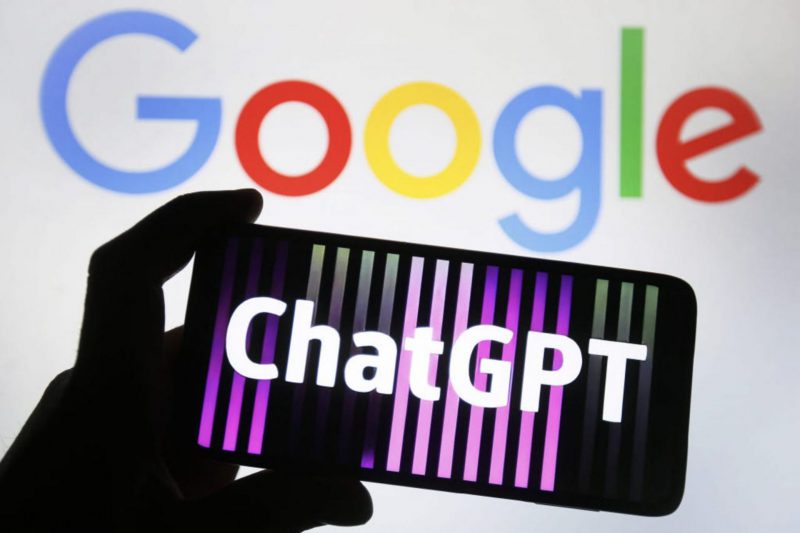OpenAI‘s ChatGPT has taken the internet by storm. The AI-powered (artificial intelligence) chatbot has opened new horizons for search and creation. The platform has garnered so much attention that major tech companies are now jumping on the chatbot bandwagon. Microsoft has invested heavily in OpenAI and is set to integrate ChatGPT into its Bing search engine.
Following the trend, Google announced that it is entering the arena with a ChatGPT competitor called Bard. Google’s AI chatbot is currently in its final level of testing and could see the light of day by late February 2023.
Both ChatGPT and Bard will share similarities regarding giving human-like responses to user queries. However, there are some differences between the two.
Difference between OpenAI’s ChatGPT and Google’s Bard
The GPT-3 language model, which is used by ChatGPT, was trained using online text written by people. Bard, on the other hand, employs Google’s Language Model for Dialogue Applications (LaMDA) and it bases its responses on internet text. LaMDA was developed to comprehend natural language using an open-source network. Furthermore, instead of using individual words to produce dialogue, it is trained to look for patterns in phrases and between words. Additionally, LaMDA’s second, lighter iteration requires lesser CPU resources, allowing for increased user capacity and feedback-gathering.
The data source is the primary distinction between OpenAI’s ChatGPT and Google’s Bard. Bard will continuously access the internet for information, ensuring that it is up to date. ChatGPT only includes data from studies and sources which expire in 2021. By obtaining the most recent research, Bard will have more knowledge to gather data in real-time.
Several firms, including ChatSonic, Jasper AI, OpenAssistant, and Wordtune, are all working on their initiatives. Baidu, a Chinese search engine, is also working on an AI-powered search application, which is currently in testing.
By the look of things, AI will play a central role in the technologies of the near future. Very soon we may have AI-powered assistants on our phones and computers to assist our work and creations.





